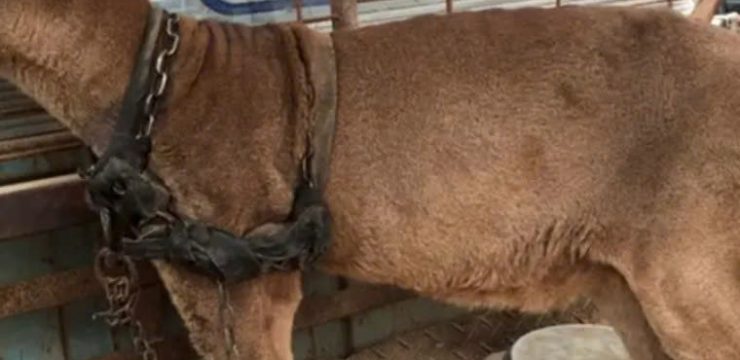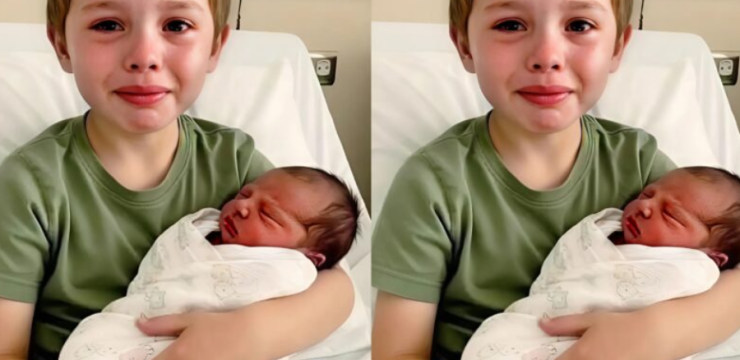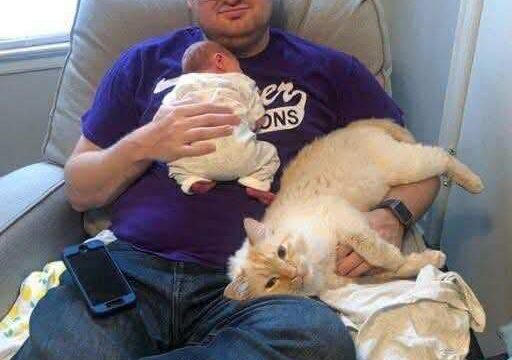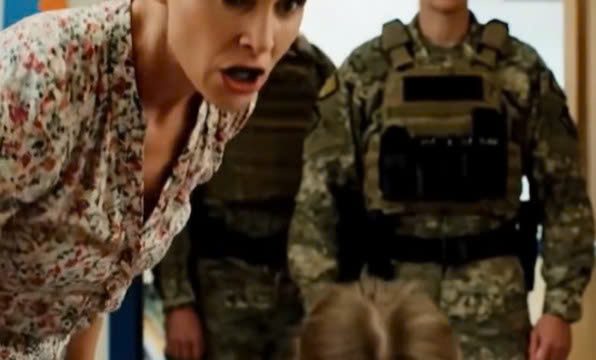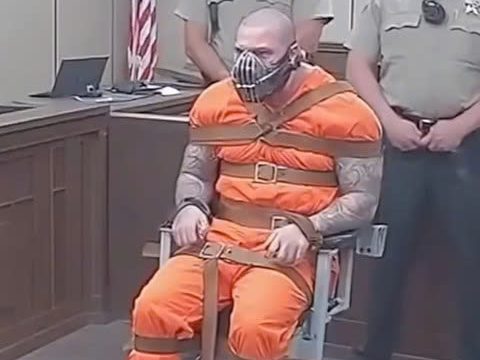Spot-the-difference puzzles aren’t just a fun way to pass the time—they’re actually great for giving your brain a quick workout. The challenge is simple in concept but surprisingly tricky in execution: take two nearly identical images and find what’s changed. In this particular puzzle, we’re looking at a boy kneeling beside a mountain spring, drinking water with cupped hands from a stone fountain.

At first glance, everything seems exactly the same in both images—the boy’s posture, his backpack, the flowing water, and the background scenery. But hidden in plain sight are three subtle differences that you’re tasked with finding in under 15 seconds. Sound easy? Don’t be so sure. These puzzles are incredibly addictive because they put your observation skills, memory, and attention to detail to the test. What might seem obvious to one person can be easily missed by another, and that’s where the fun lies. Our brains are trained to notice large or sudden changes, not tiny tweaks, so small alterations can be surprisingly hard to catch unless you slow down and take a close, methodical look.
That’s why spot-the-difference puzzles are so good for mental focus—they make you pay attention to the little things. Before diving into the solution, it’s helpful to consider some of the common mistakes people make when attempting these puzzles. One of the biggest errors is scanning the images too quickly. When nothing pops out immediately, your brain assumes everything is the same, which lets the changes slip right by. Another mistake is ignoring the small stuff. A barely visible shape, a shift in color, or a missing shadow might be all that separates one image from the other. And if you don’t compare the two pictures systematically—line by line or section by section—it’s easy to overlook key differences.
Now, let’s walk through the solution step by step. First, focus on the boy’s red hat. In the image on the left, there are two stitched lines running across the top of the hat. But in the image on the right, one of those lines is missing. It’s a small detail that many people miss unless they’re specifically looking at his head. That’s difference number one. Next, direct your attention to the faucet coming out of the stone wall. In the left image, the water tap is perfectly straight and intact. But in the right image, the tap is bent slightly downward. This is a tiny alteration but very satisfying to spot once you catch it. That’s difference number two. Finally, look near the boy’s feet. In the left picture, there’s a small puddle of brown water beneath his shoes.
But in the right image, that puddle is completely gone. This might be the most obvious change if you happen to start looking at the bottom of the image, but it’s still easy to miss if your attention goes elsewhere. So there you have it—the three hidden differences: the missing stitch on the hat, the bent faucet, and the absent puddle. While it might sound simple when it’s all laid out, finding these differences under time pressure can be a real challenge. These puzzles do more than just entertain—they help strengthen the parts of your brain responsible for visual processing, memory retention, and concentration. Practicing with visual puzzles like these can improve your cognitive flexibility and even help reduce stress.

Plus, they’re a great way to challenge friends and family in a fun and engaging way. If you want to get better at solving these puzzles, there are a few helpful strategies to try. Mentally divide the image into a grid—four or nine squares—and check each one methodically. Pay close attention to repeated patterns, color differences, and any slight shifts in line or shape. And don’t forget to examine the edges and corners, since changes are often hidden in places you least expect. Once you’ve found the three differences, share the challenge with others and see who can beat your time. Spot-the-difference games are a fun way to bond and boost your brainpower at the same time. Leave your time in the comments, tag a friend, and see if they can find the differences faster than you did.
